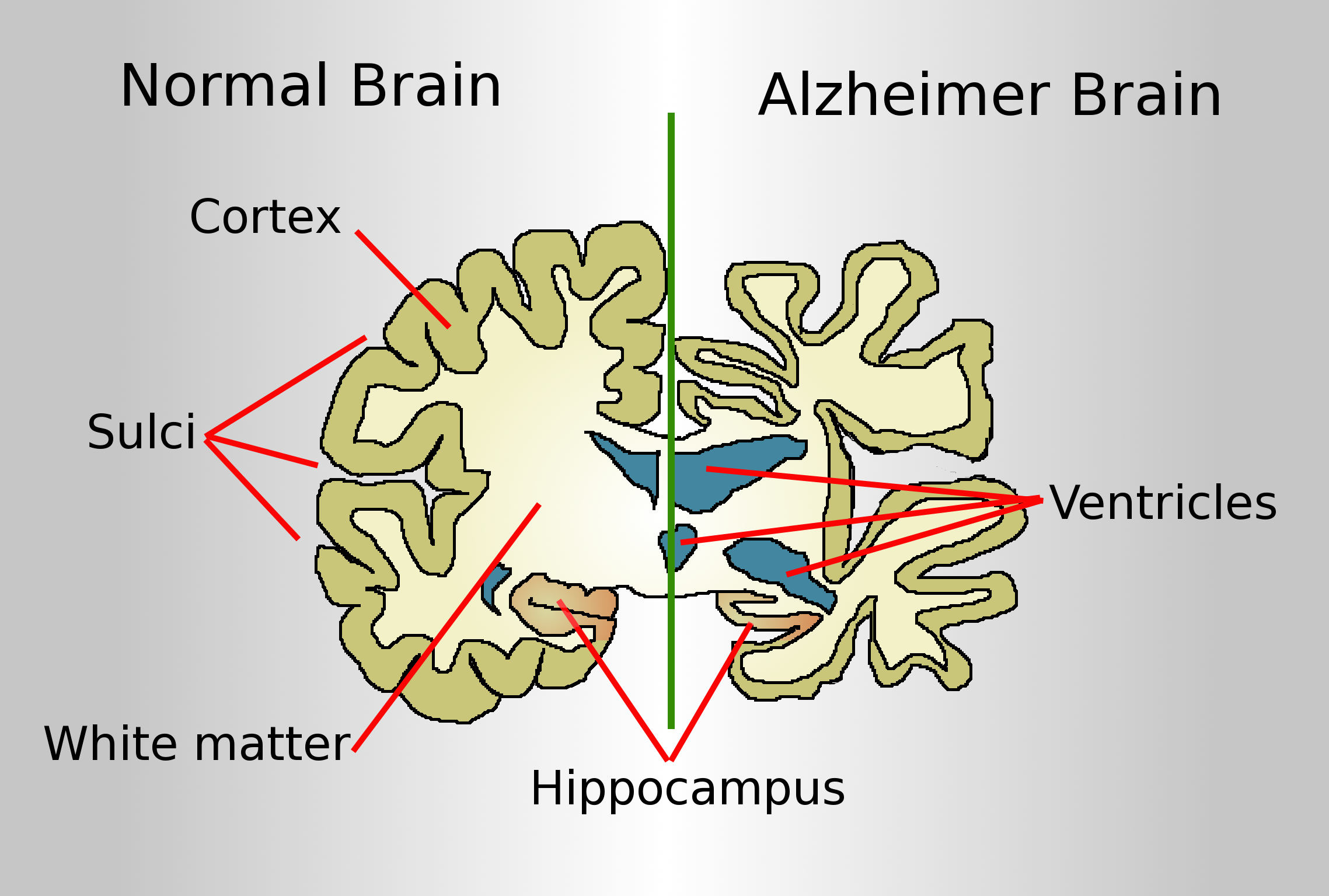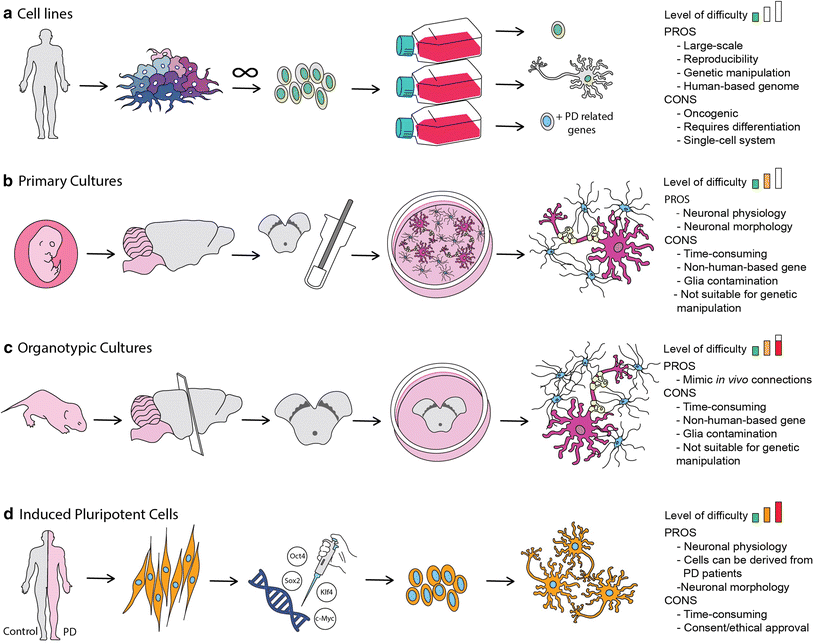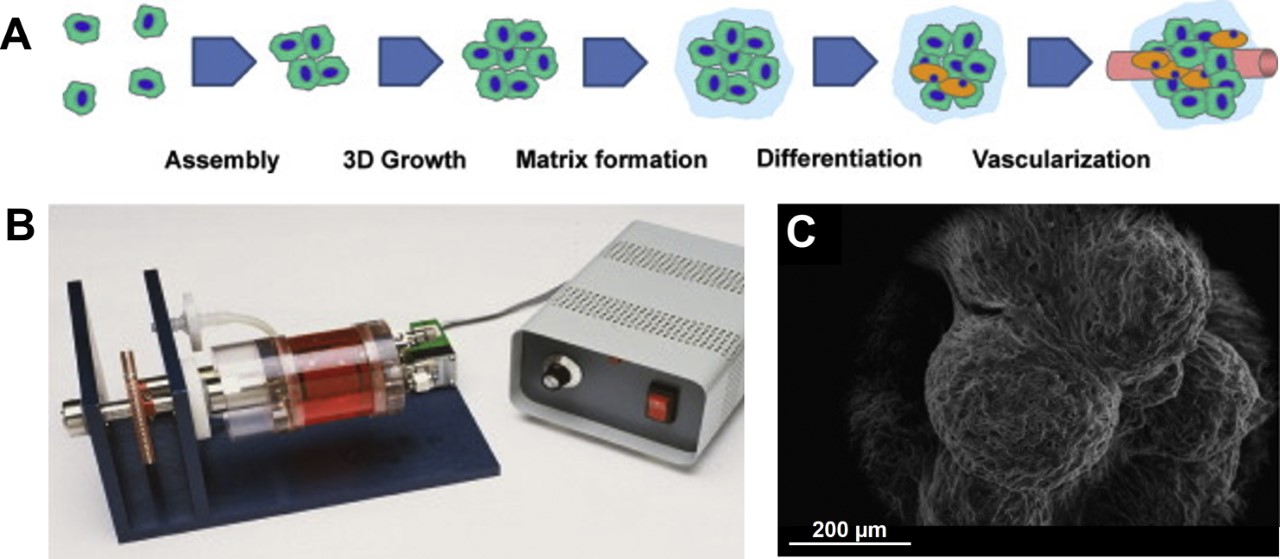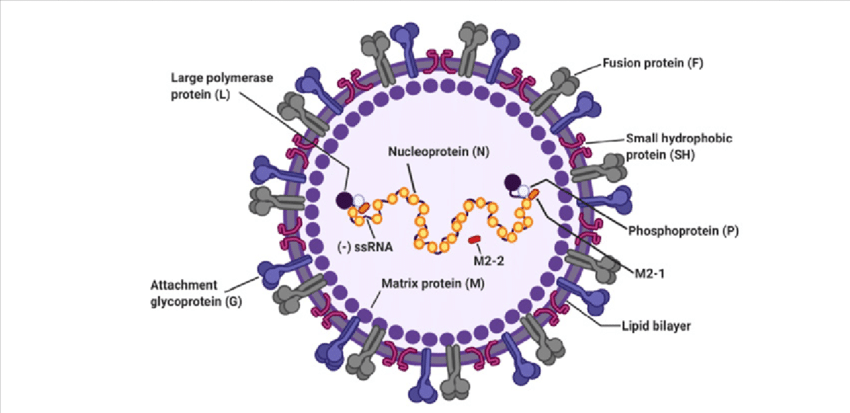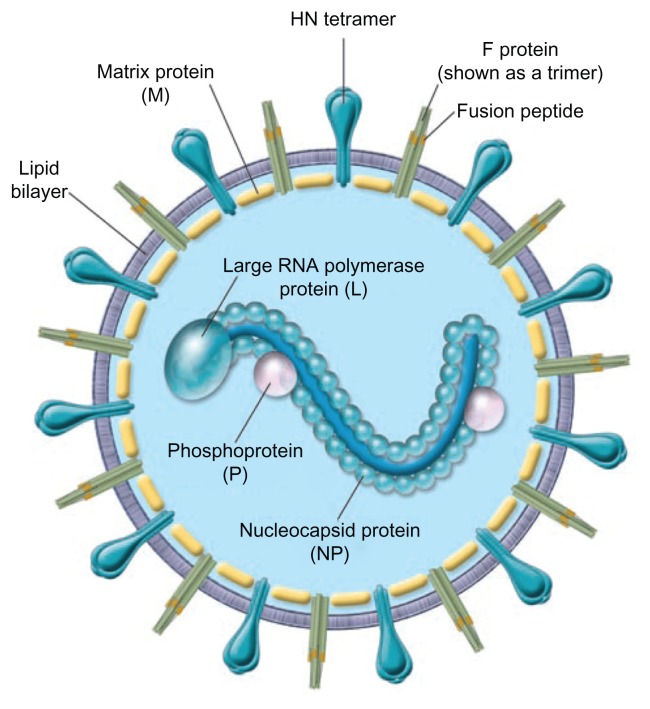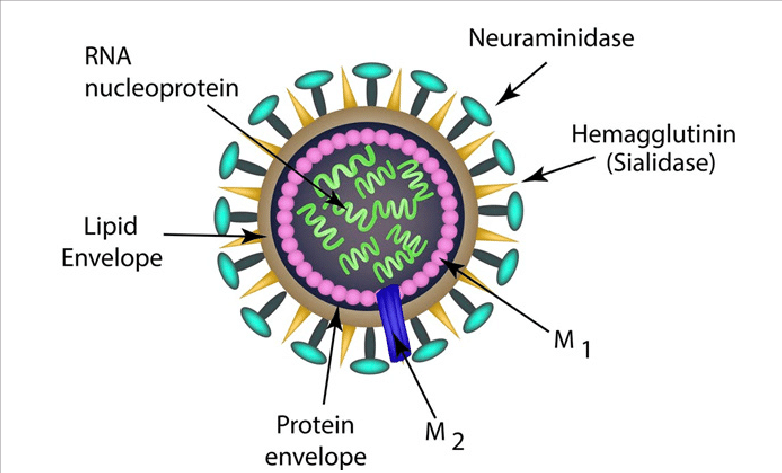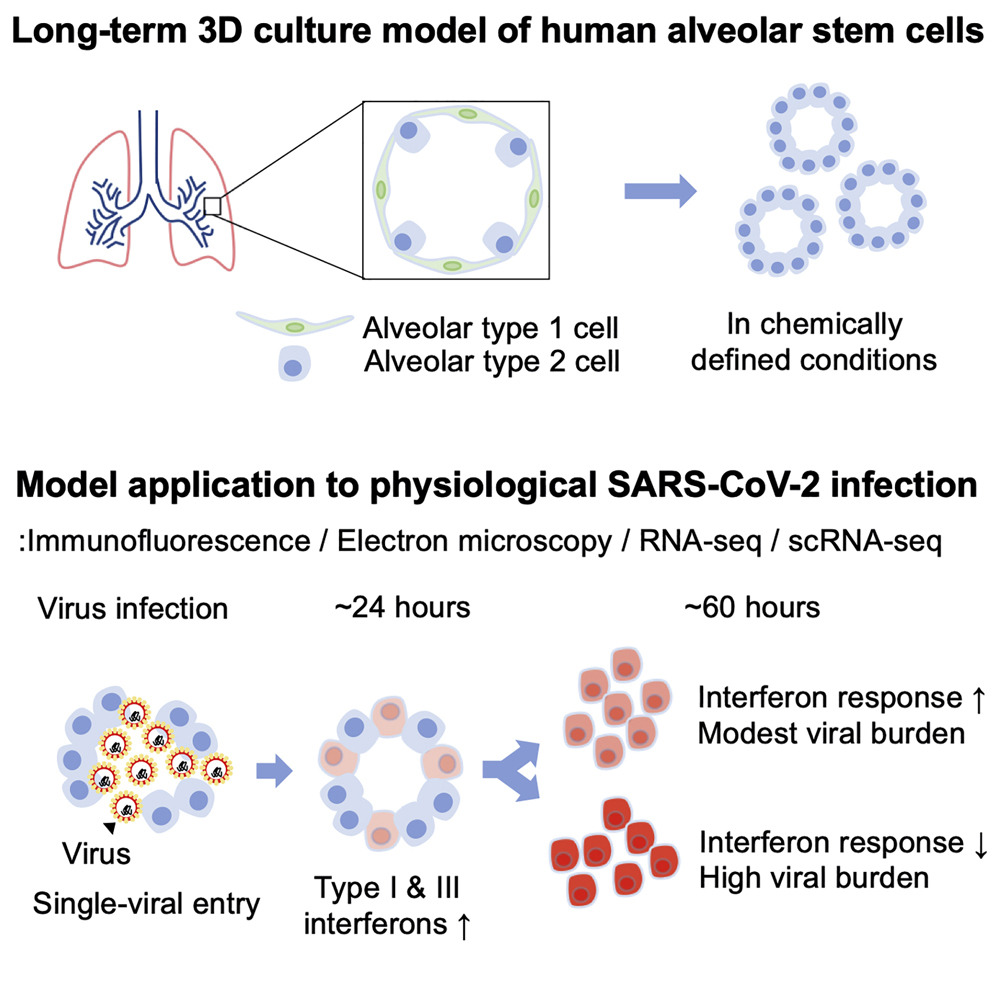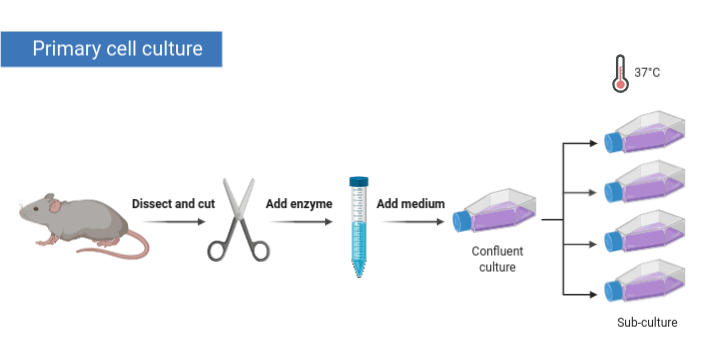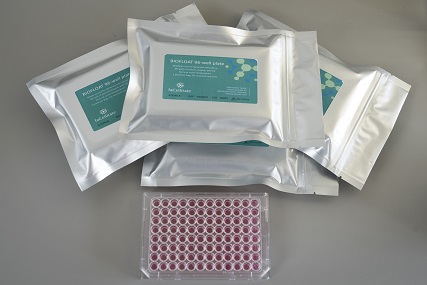ALZHEIMER’S BREAKTHROUGHS WITH 3D CELL CULTURES
The limitations of 2D cultures have paved the way for the development of 3D cell culture models of Alzheimer’s disease (AD). AD is a neurodegenerative disorder comprised of progressive decline of cognitive abilities and behaviour leading to a poor quality
AN ERA OF 3D CULTURES : A BREIF OVERVIEW ON SPHEROIDS
Wondering what these tiny clumps of cells are? let’s have a look. WHAT ARE SPHEROIDS? Spheroids are three-dimensional (3D) cell aggregate to better stimulate a in-vivo like environment as compared to a two-dimensional model. Compared to other 3D cell culture models, spheroids
Advancing Parkinson’s research with 3D cell cultures
In the recent years most drugs designed to treat neurodegenerative disorders, have failed to produce desired effects at the clinical trial phase. This points towards a strong inability in conventional 2D culture assays, and animal models to replicate human pathophysiology,
3D CELL CULTURES TO STUDY THE NEUROLOGICAL DISORDERS
Severe acute respiratory syndrome coronavirus 2 (SARS CoV-2) pandemic has been at the center of attention in public health due to its severity resulting in high mortality rates around the globe. 2D and 3D cell cultures have played a crucial
3D cell culture as a suitable model for respiratory syncytial virus
Respiratory Syncytial Virus (RSV) is one of the most common respiratory tract viruses with high mortality rate among infants below the age of 5. Within the adult population it can cause chronic disease and weaker immunity. RSV is mainly found
3D cultures for Parainfluenza viruses
3D cultures are now being extensively used to study the effects of respiratory viruses on host tissues. 3D cultures contain a modifiable platform to culture cells, that allows for development of in-vivo like structure and function of cells, resulting in
3D cell culture models for Influenza viruses
Traditionally cell based studies for respiratory viruses were performed on 2D monolayer cell cultures. In-vivo studies heavily relied on animal models. Both types of models however were not successful at accurately mimicking the in-vivo physiology and pathophysiology of cells in
3D Cultures to study the effects of respiratory infections
In the past 2 years, with the Covid-19 pandemic we have witnessed how a single virus can cripple the economy of nations and impact every day life. Respiratory viral infections, which includes severe acute respiratory syndrome coronaviruses (SARS-CoV) remains among
Different approaches for 3D primary cell culture model development
Primary cell cultures are ex-vivo cultures produced from cells that are freshly harvested from a multicellular organism. Generally, primary cell cultures are more representative of in-vivo tissues than immortalized cell lines (1). However culturing primary cells are not without its
Go 3D with Biofloat : 3D cell culture
3D CELL CULTURE BIOFLOAT™ coatings from faCellitate provide a highly defined, fully inert cell- and protein-repellent surface. The polymeric coating enables a fast er generation of 3D spheroids, which shortens your experimental timeline and prevents the formation of satellites and irregular aggregates. Choose


